Working on a decorating project that just doesn't seem to, well, work? Take these simple cues from visual merchandising and interior design and take your decorating skills to the next level.
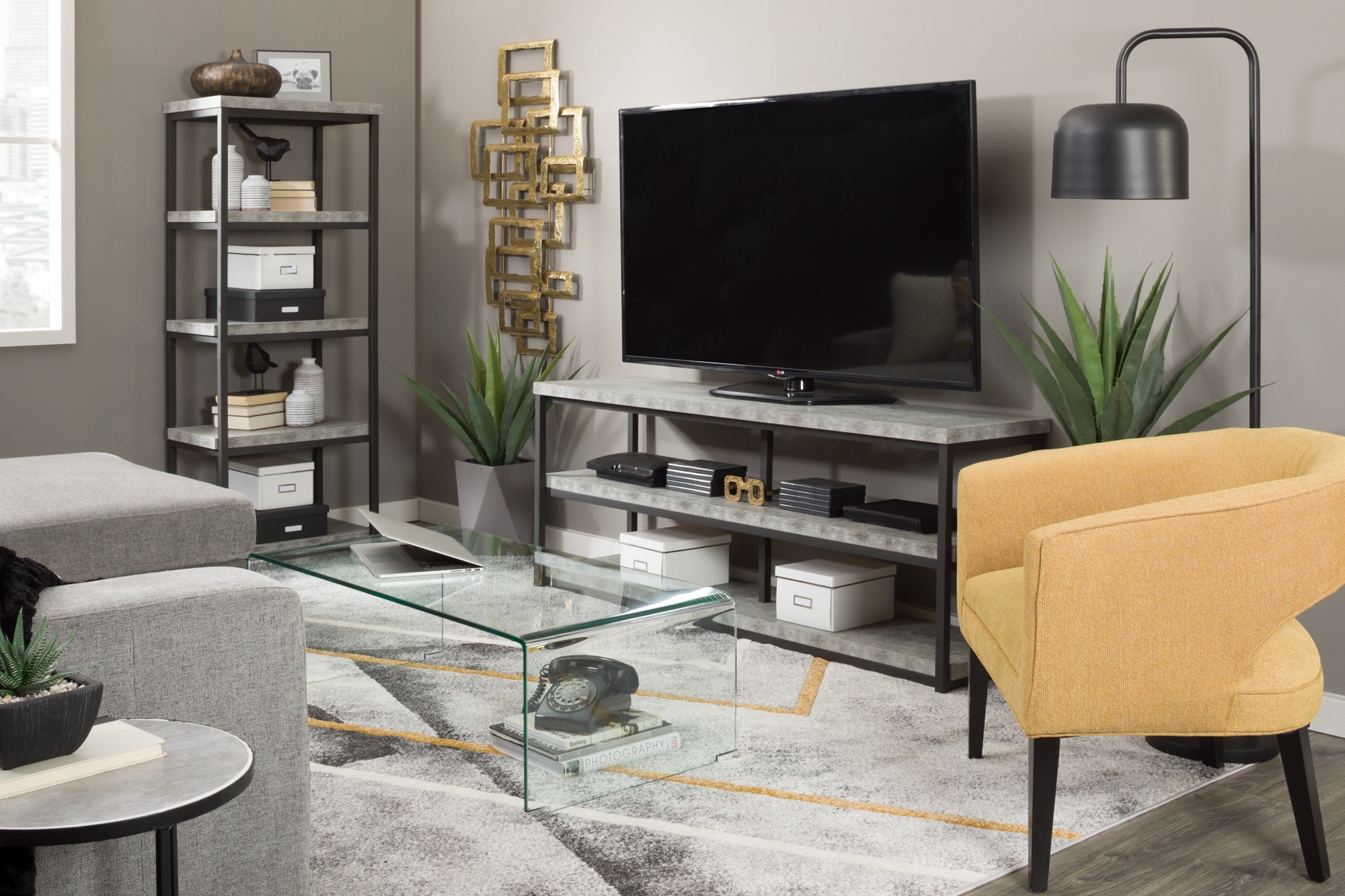
1. Less is More
Minimizing visual clutter is one of the easiest ways to improve the look of your home. Own a lot of random odds and ends? Try using bins or baskets to hide smaller objects from view and store things you don't want on display behind or inside closed storage. Donating, selling or tossing out items you no longer need can be a big help, too! Sometimes less really is more.
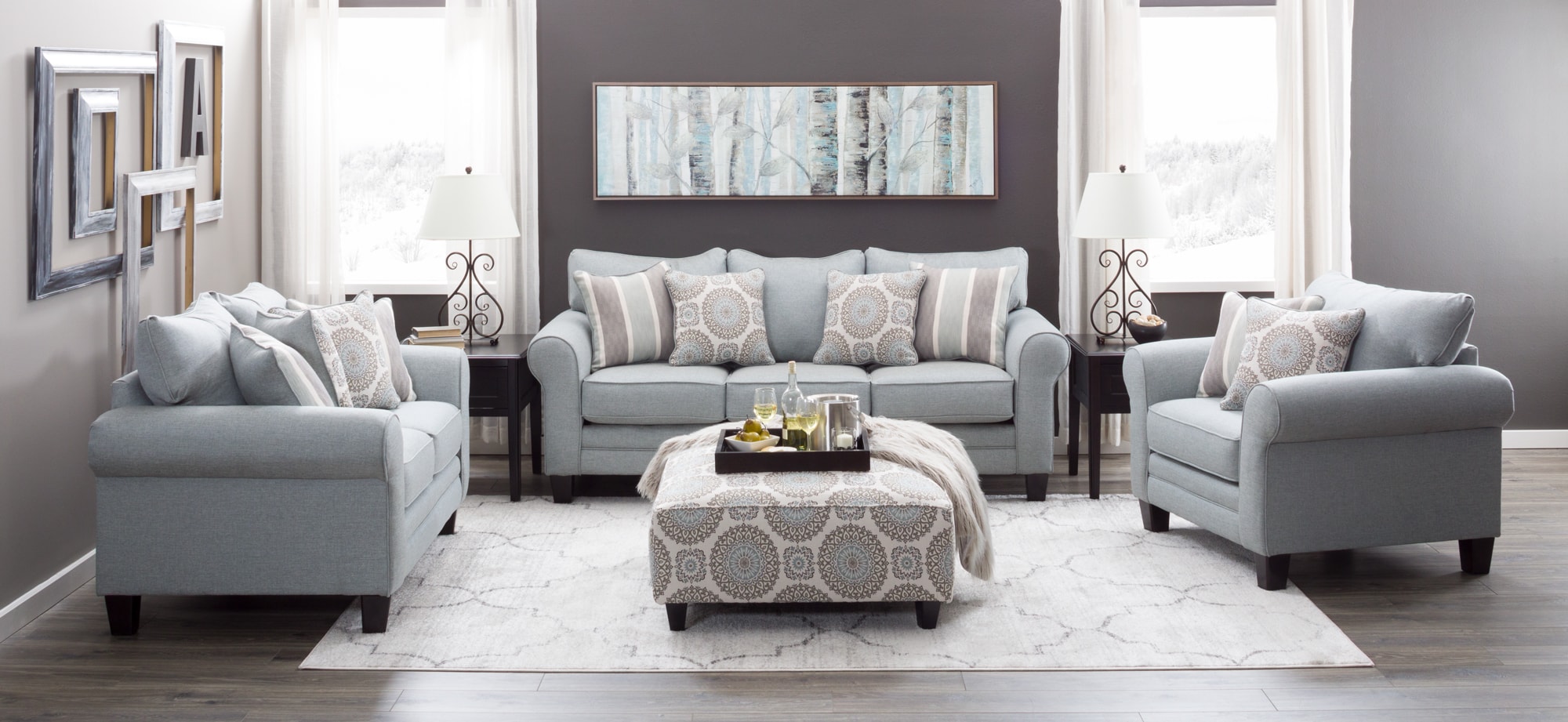
2. Stumped on Colors? Get Inspired
Choosing the “right” colors is not only a matter of design consideration and coordination but also personal taste. Not sure which colors to use? Look for objects that capture your imagination and really speak to you. For example, if you have a favorite piece of artwork that has a variety of colors in it that you admire, try pulling some of those tones out by using items that share some of the same colors.
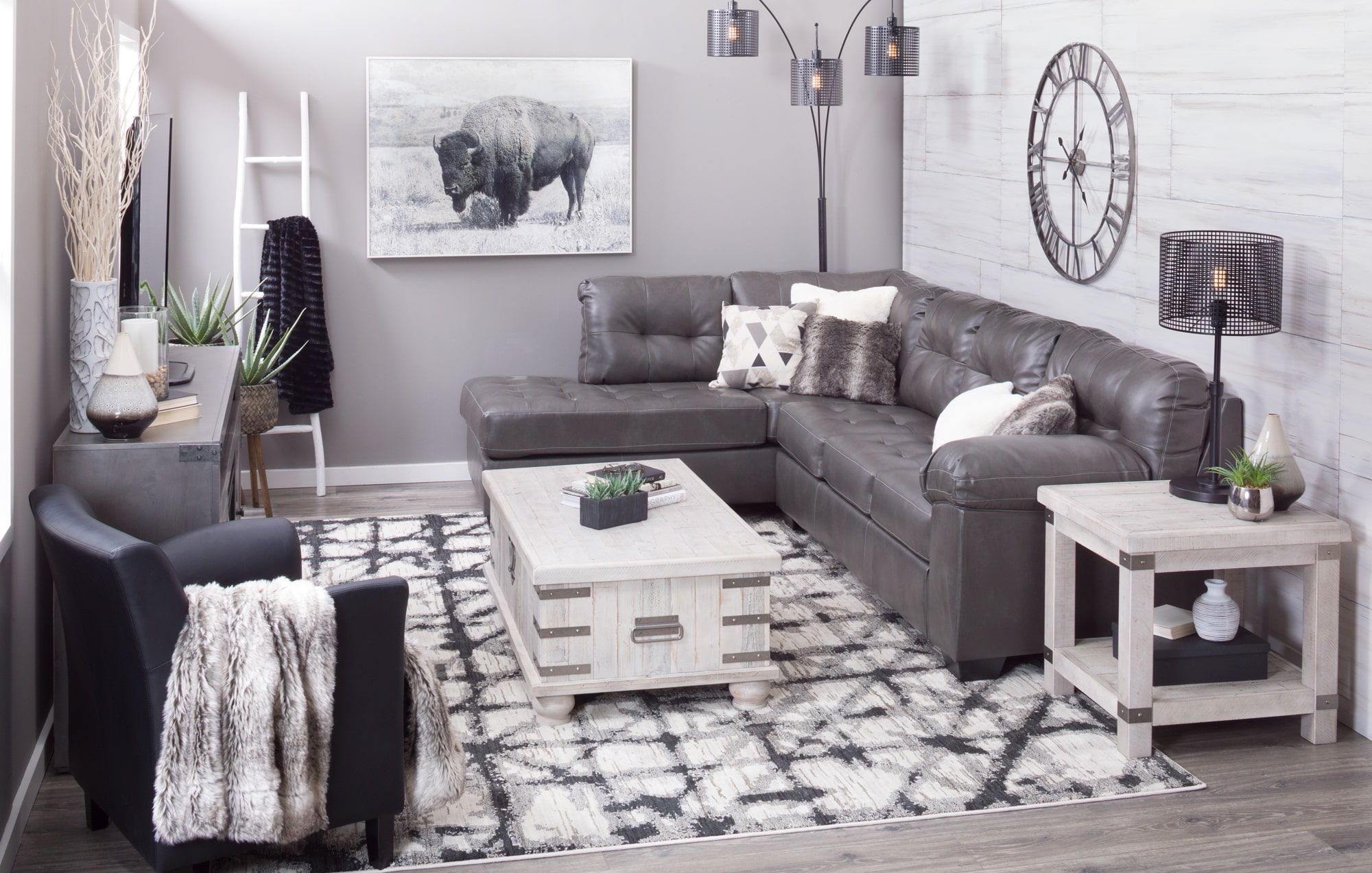
3. Pay Attention to Scale
Depending on your space, the size and even the color of the objects you fill it with can ultimately dictate the way the room feels. Keep the overall size of your space as well as the amount of natural light it receives in mind when choosing wall colors and furniture. If you are decorating a small room, then choosing oversized furniture will make it feel cramped. Similarly, using a lot of dark colors can also make a room feel confined. On the flip side, arranging small furniture in a larger room can make it feel empty while darker colors in this instance can create a sense of intimacy.
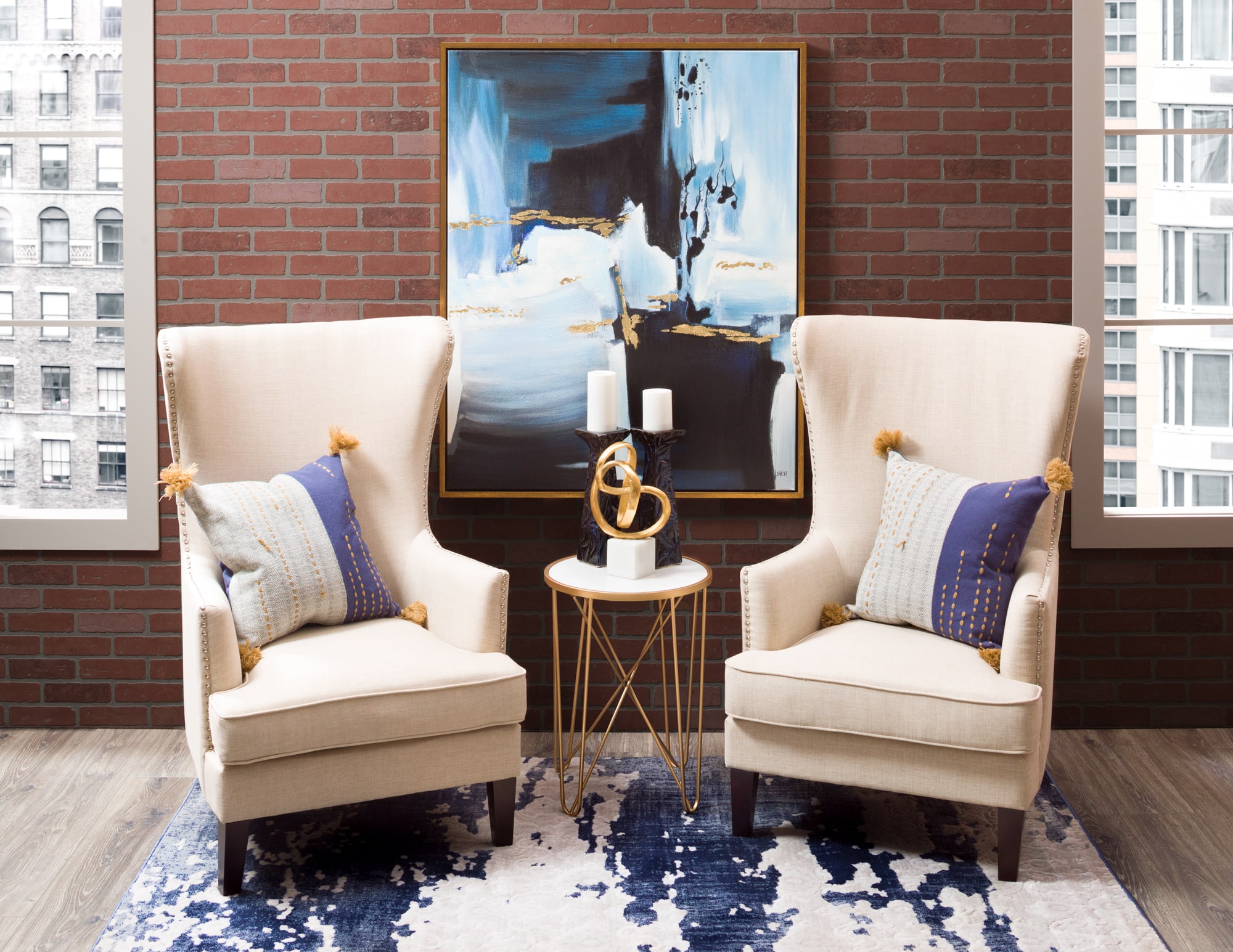
4. Aim for Balance
One way you can make a room feel “finished” is by creating balance. Placing identical objects opposite of each other, for example, would be a symmetrical way to achieve this, though there are others. Perhaps instead of placing matching chairs on either side of a sofa in your living room, you could try placing both chairs across from the sofa instead. This would be an example of asymmetrical balance.
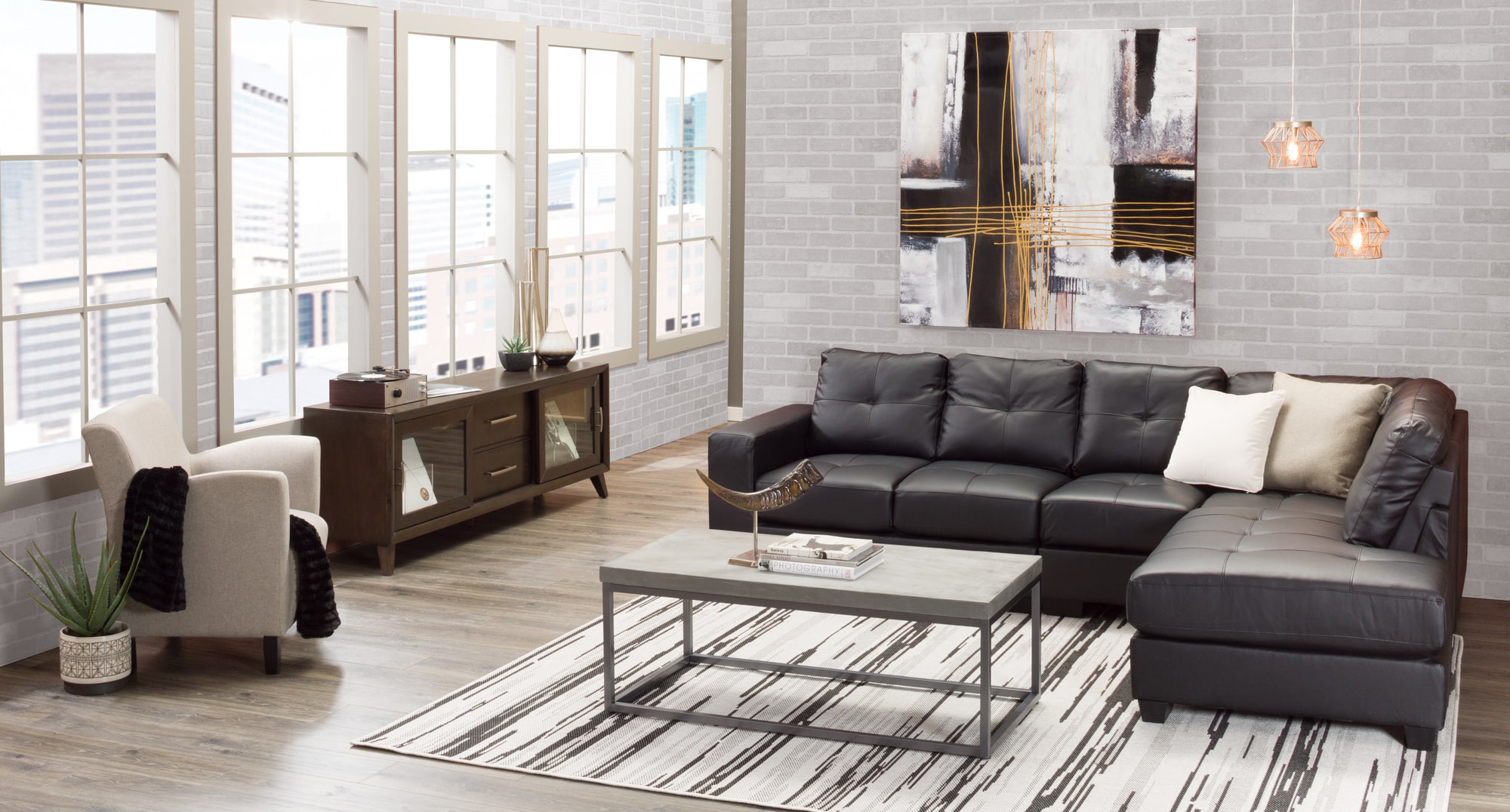
5. Create Contrast
As a visual merchandiser, I am constantly searching for ways to give every piece of merchandise its best chance at getting noticed. One way I do this is by pairing items with contrasting qualities to create visual impact - for instance, a dark rug with a lighter sofa, or a smooth accessory on a rough table top. Of course, a tone-on-tone look can work, too; it just takes more careful planning to get the tones matching just right. Looking for an easy way to make a statement? Aim for contrast.
These are just a few techniques that can be used to pull a room together. What tricks have you used in your decorating successes?
Author: Tiyana White Visual Merchandising at American Furniture Warehouse Gilbert, AZ









































